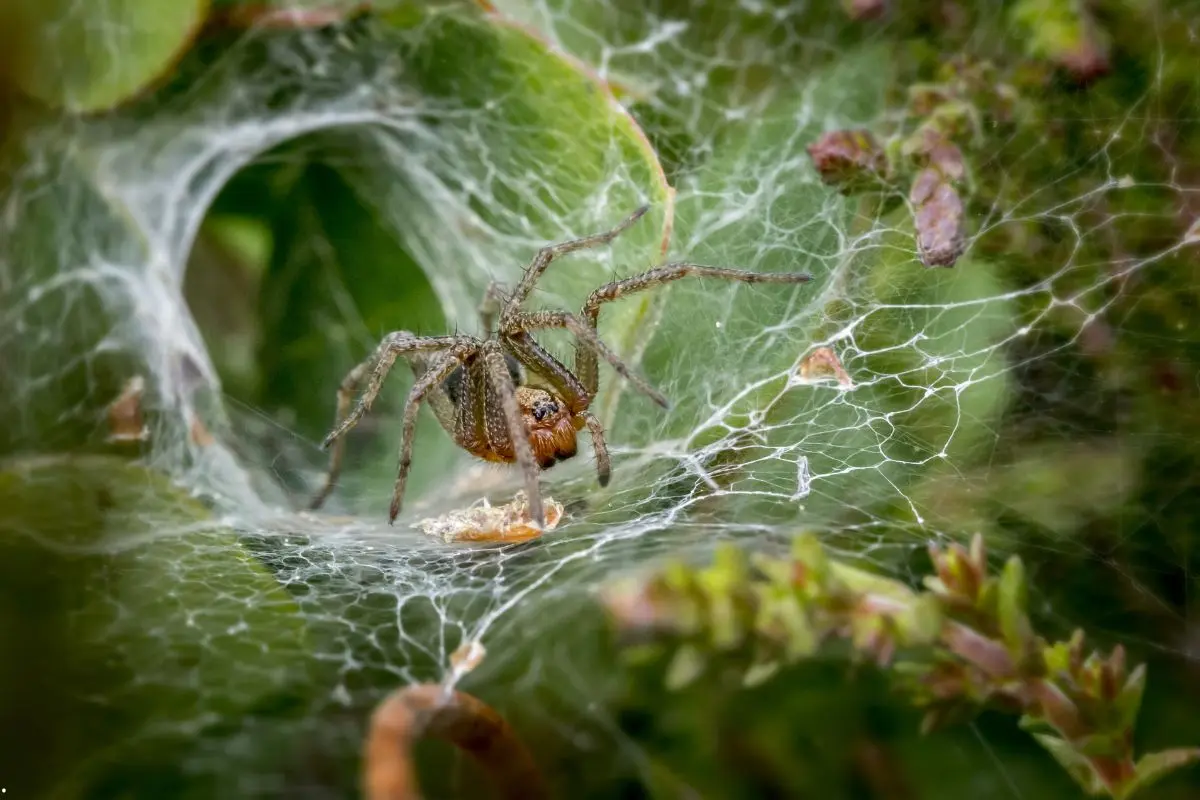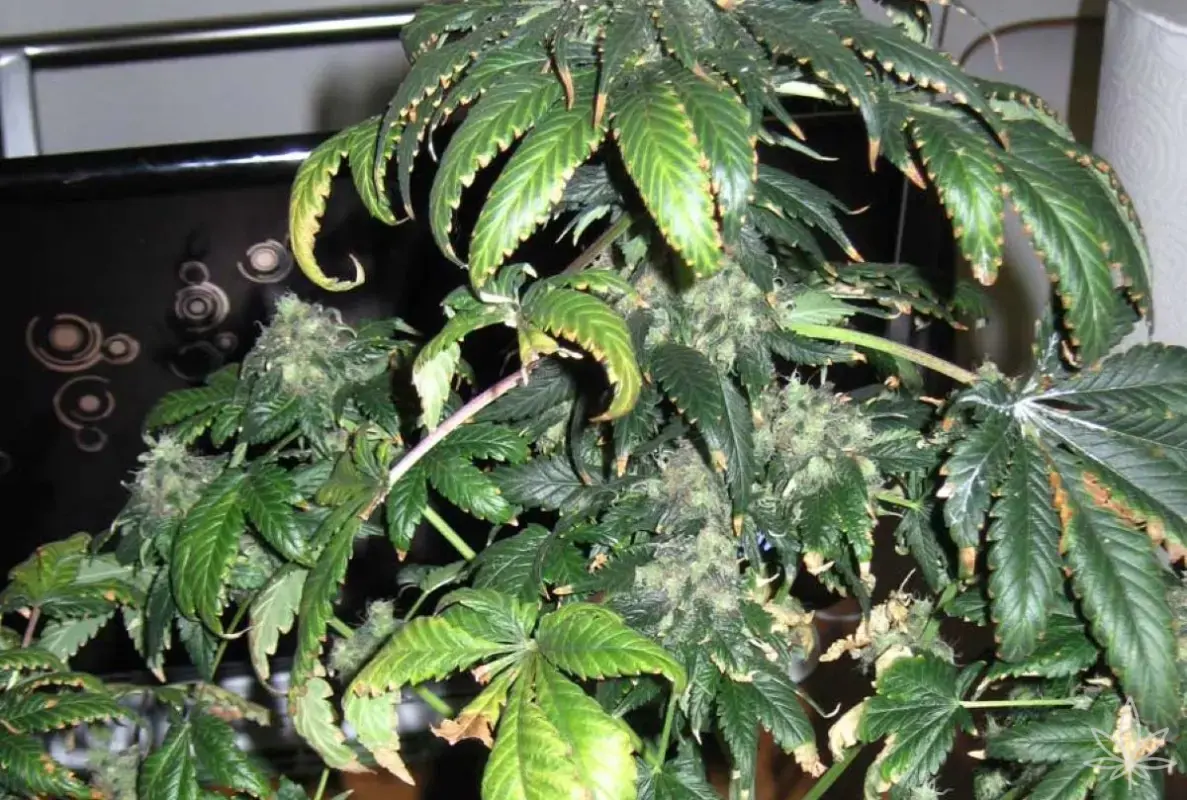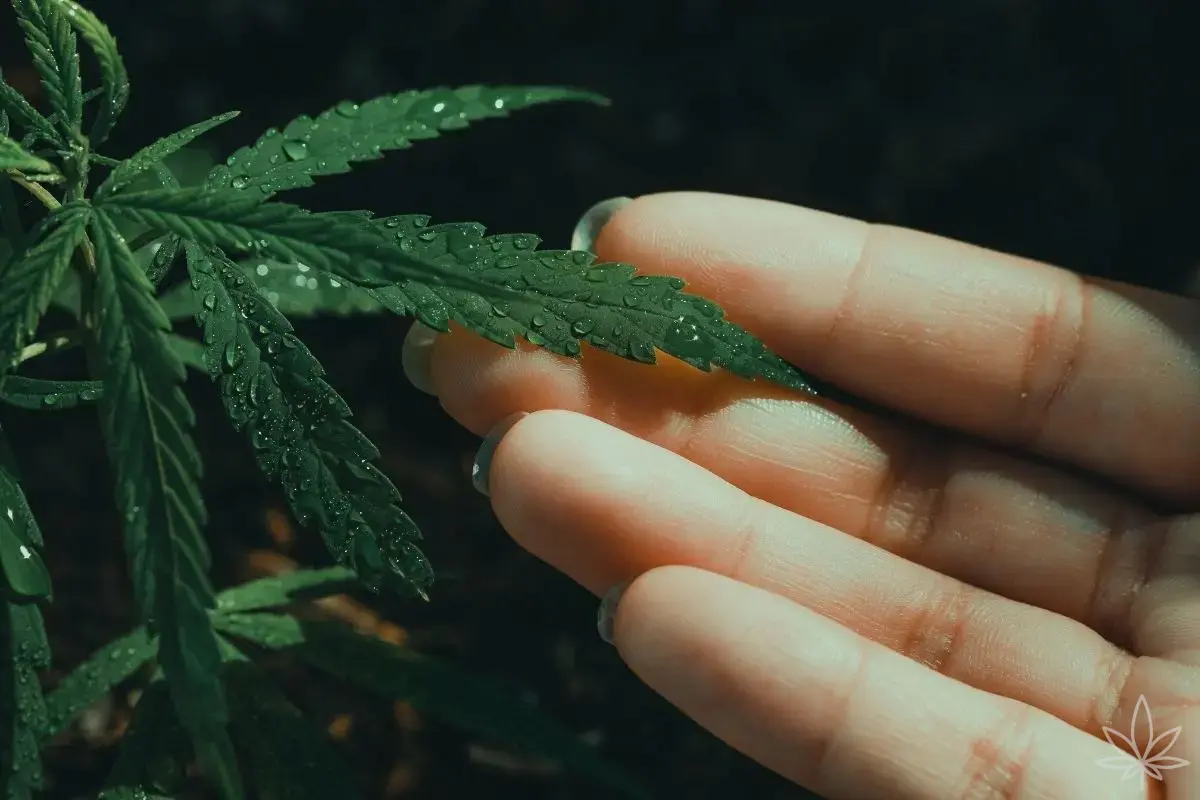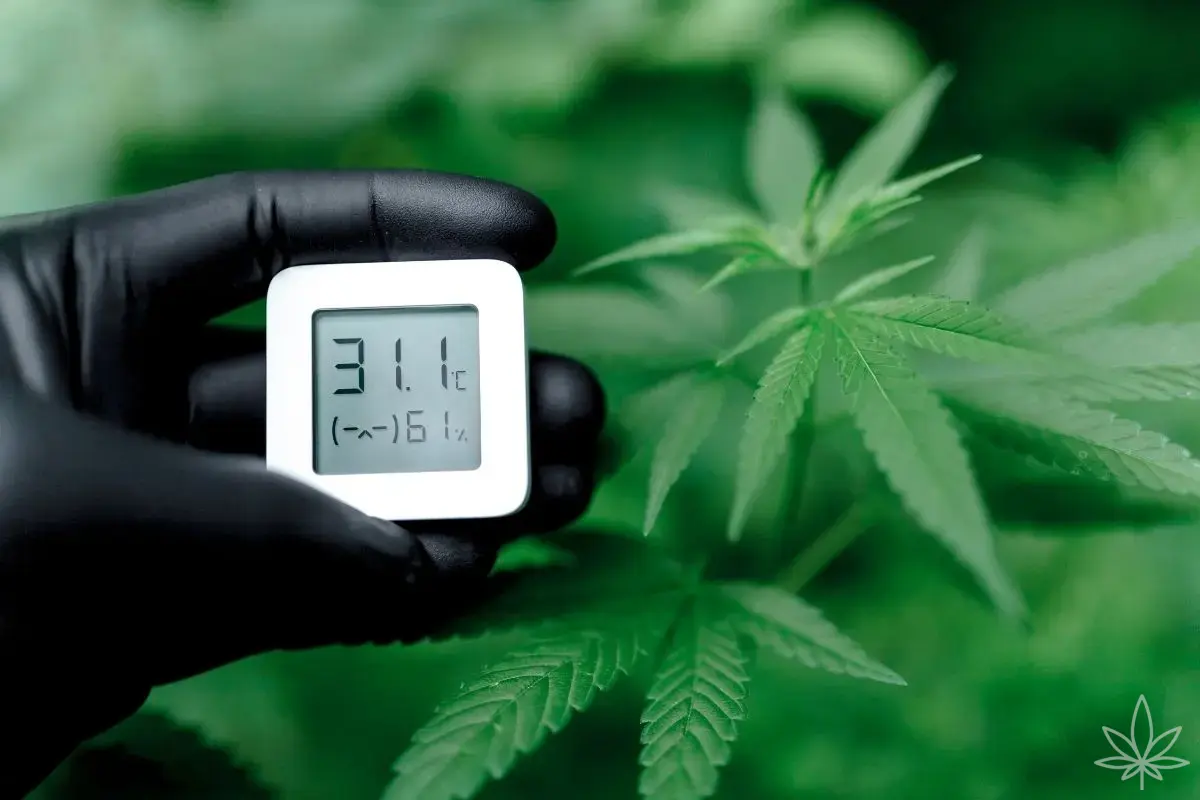In cannabis cultivation, the most dangerous enemies aren’t always visible to the naked eye. Sometimes it’s not mold or a fungal disease, but a tiny, almost transparent intruder — the spider mite. This microscopic arachnid can turn a healthy, vibrant grow into a sad sight of yellowing leaves and declining buds. Worse yet, it does so quietly, often before the grower realizes something is wrong.
Who Are Spider Mites and Why Are They So Dangerous
The most common species is the two-spotted spider mite (Tetranychus urticae). Measuring just 0.4 mm, it’s hard to spot without a magnifying glass. It feeds by piercing the leaves and sucking out their juices. At first, this leaves tiny pale speckles across the leaf surface — the result of hundreds of microscopic punctures. Over time, the speckles merge, the leaf yellows, browns, and eventually dies.
Early Signs – How to Detect Them in Time
Spider mites thrive in warm, dry conditions, making them a common problem in summer outdoor grows and overheated indoor tents. A telltale warning sign is a fine, web-like structure on the underside of leaves or between branches. If you notice such “webbing” along with speckled leaves, it’s time for a thorough plant inspection.
Why Fighting Spider Mites Is So Difficult
They reproduce at a staggering rate — in optimal conditions, their life cycle from egg to adult can be as short as 7 days. This means that a handful of unnoticed mites can turn into thousands in a matter of weeks. They also develop resistance to chemical treatments quickly, which is why a single method rarely works for long.
How to Effectively Control Spider Mites
- Removal and Isolation – Severely infested leaves should be removed immediately. If only a few plants are affected, isolate them from the rest.
- Natural Sprays – Neem oil, potassium soap, or garlic extract sprays can suppress populations when applied early.
- Biological Control – In indoor setups, beneficial predatory mites such as Phytoseiulus persimilis or Amblyseius californicus can be introduced to feed on spider mites.
- Environmental Adjustments – Lowering temperatures and increasing humidity (e.g., through short-term misting) can disrupt their reproduction.
Prevention – The Best Strategy
Prevention is far easier than fighting an infestation.
- Inspect leaves regularly, especially the undersides.
- Maintain stable, moderate humidity levels.
- Clean equipment and grow spaces after each cycle.
- Avoid introducing pests from other plants — wash hands and tools before working with cannabis.
Final Thoughts
Spider mites are a stealthy adversary, nearly invisible yet capable of wiping out months of hard work. Early detection and swift action can save a crop. And when you manage to get through a full grow cycle without a single sign of these microscopic intruders, the grower’s satisfaction is all the sweeter.







